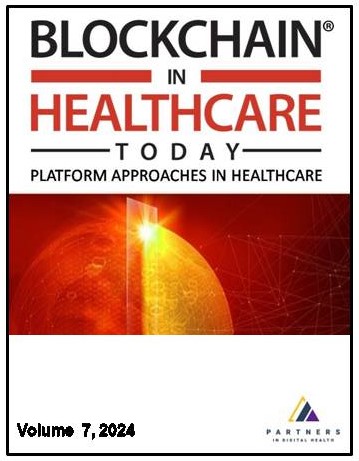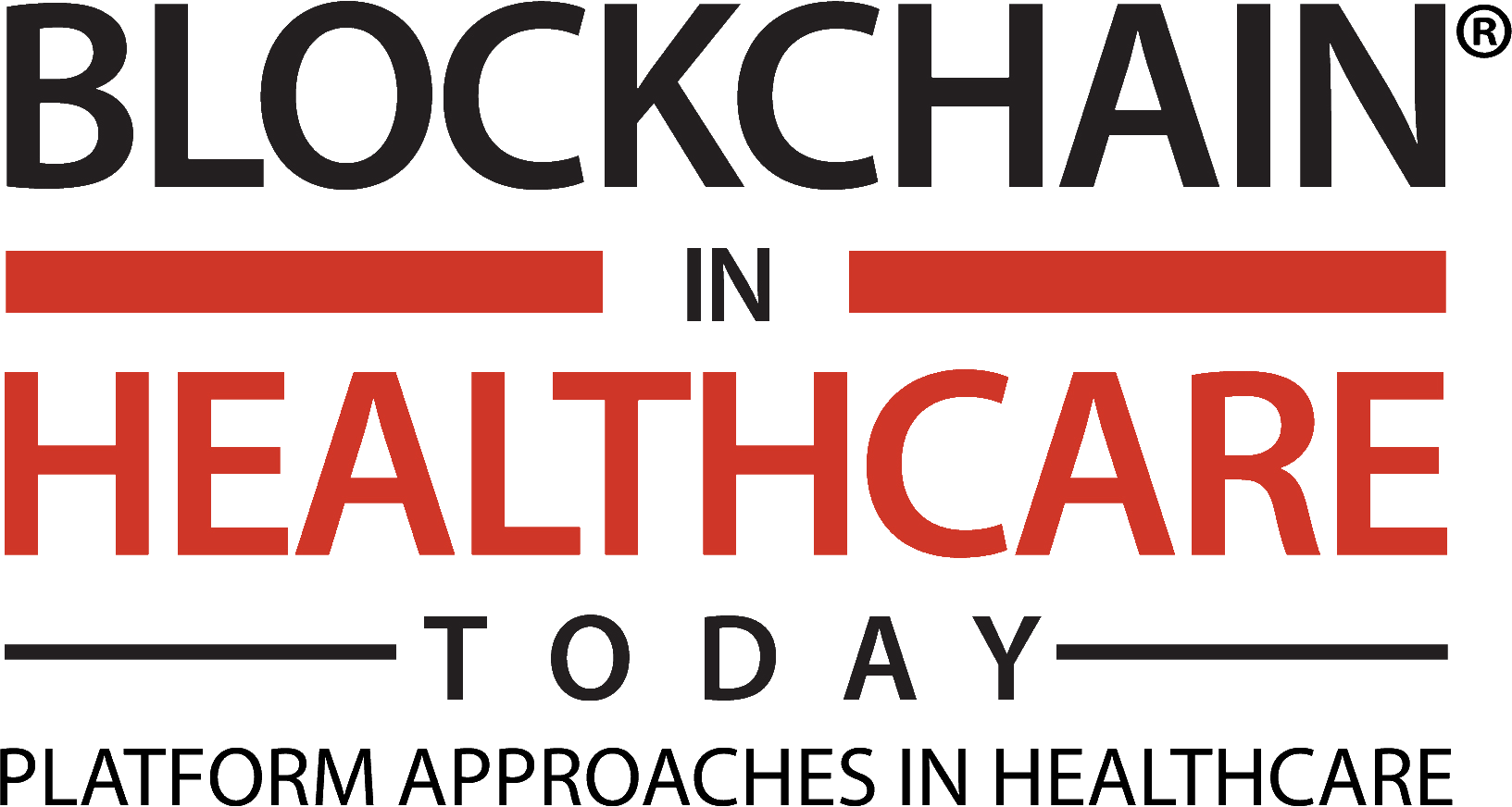
Additional files
More articles from Volume 5, Issue 1, 2022
From Sharing to Selling
Ensuring Trust in Pharmaceutical Supply Chains by Data Protection by Design Approach to Blockchains
Health Datasets as Assets: Blockchain-Based Valuation and Transaction Methods
Improving End-to-End Traceability and Pharma Supply Chain Resilience with Blockchain
Blockchain in Healthcare Today 2022 Predictions
Article views
Improving End-to-End Traceability and Pharma Supply Chain Resilience with Blockchain
Abstract
Regulating and monitoring a traditionally fragmented pharma supply chain has been a global challenge for decades. Without a trusted system and strong collaboration between stakeholders, threats such as counterfeits can easily intercept the supply chain and cause monumental disruptions. Today, the Covid-19 pandemic has accelerated the need for greater data transparency, better deployment of technology, and improved ways of connecting stakeholder information along the supply chain.
There is a need for improved ways of working to help build up supply chain resilience, and one way is by implementing better end-to-end traceability using blockchain technology such as Hyperledger Fabric. This paper will explore the business value that blockchain brings to the pharma supply chain with better end-to-end traceability, with the example of an industry-grade blockchain solution called eZTracker.
Through six key features, pharmaceutical manufacturers, patients, and Healthcare Practitioners (HCPs) can now participate in data-sharing, with extended use cases of integrating blockchain with warehouse platforms, a patient-facing mobile application, and an interactive dashboard for real-time verification and data transparency. Beyond anti-counterfeit verification, other potential use cases include effective product recall management, cold chain monitoring, e-product information and more.
The effectiveness of a traceability solution is heavily dependent on the amount of data collected and is affected by poor adoption and scalability. Existing limitations that need to be addressed include the lack of mandated serialisation in Asia and blockchain interoperability.
To maximise the value of blockchain, collaboration is key. Pharmaceutical manufacturers need to invest in new technologies such as blockchain, to help them break out of data silos, and operationalise data to build supply chain resilience.
Keywords
References
Citation
Copyright
This is an open access article distributed under the Creative Commons Attribution License which permits unrestricted use, distribution, and reproduction in any medium, provided the original work is properly cited.
Article metrics
The statements, opinions and data contained in the journal are solely those of the individual authors and contributors and not of the publisher and the editor(s). We stay neutral with regard to jurisdictional claims in published maps and institutional affiliations.

